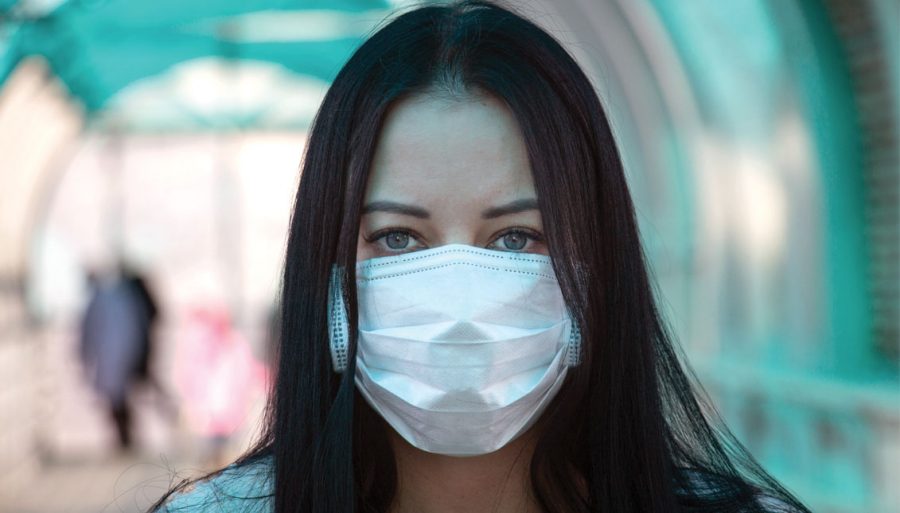Best and worst masks
Keeping LHS safe
According to the FDA, “if worn properly, a surgical mask is meant to help block large-particle droplets, splashes, sprays, or splatter that may contain germs (viruses and bacteria), keeping it from reaching your mouth and nose. Surgical masks may also help reduce exposure of your saliva and respiratory secretions to others.”
September 17, 2020
With COVID-19 cases rising in South Dakota, widespread mask-wearing is becoming more of a topic for discussion, especially in schools. Here are the safest and least safe common masks to keep our community as healthy as possible.
The first question may be, “What does ‘safe’ mean?” First off, safe masks are masks that stop or limit the transmission of a virus by significantly blocking particles, big and small, from leaving a person’s mouth or nose. Most masks block large particles (spit), but very few really help stop small particles called aerosols from spreading. Aerosols that house the virus are the most dangerous because gravity does not pull them down as fast, so they stay in the air for others to breathe in and possibly get infected.
The least safe option is wearing a neck gaiter or ski mask as a face mask. In a study by Duke University, there is evidence showing that the stretchy material, although comfortable, does not block particles from being aerosolized. In fact, this study showed that the neck gaiter had more aerosolized particles than no face covering at all. The material splits up the larger particles into small ones that stay in the air longer and more easily penetrate others masks. Layering gaiters will significantly decrease the chances of aerosolizing from happening though. This study was based on a significantly small group and could show some inaccuracy when it comes to many individuals. However, it does show that gaiters have possible risks that other face coverings do not.
We all know of the regular medical/surgical masks, of course. Although according to the FDA, surgical masks are great for blocking big particles from spreading to people, they are not designed to block small aerosols. These masks can be expensive and wasteful, as they are only meant for one-time use.The next type of mask is a N95. These masks are recommended for health professionals because of their effectiveness and they perform really well at blocking particles of all sizes. The CDC recommends limiting N95 masks to those in the medical field due to limited supply. These masks are also meant for one-time use and are more expensive than the typical surgical mask.
Finally, there are cloth masks. Whether homemade or ordered online, these masks can be fashion statements, while also protecting others. The CDC recommends multiple layered cloth masks for widespread use in public places. The best fabrics should be breathable, but not too thin. They should also be washable to allow for multiple uses.The CDC uses cotton in their example homemade mask because it is a tightly woven fabric that is also breathable. These masks are good (especially when worn by everyone) at stopping particles from aerosolizing and infecting others.
In the end, a mask is better than no mask; anything that can slow the spread of COVID is a good thing. Whether you choose to wear a disposable or reusable mask, you are doing your part to protect our community.









